- Description
- Reviews (0)
Description
Sorry, we cannot offer any refunds or replacements on fresh whole durian.
–
Approximate weight per fruit;
Monthong, Thailand – 2kg to 2.5kg
–
Regarded by many people in Southeast Asia as the “king of fruits”, durian is distinctive for its strong odour, and formidable thorn-covered husk. The fruit can grow as large as 30 centimetres long and weighs up to 5kg.
The flavour is unique – compared to custard, almond, onion and vanilla!
Its shape ranges from oblong to round, the colour of its husk green to brown, and its flesh white to red.
Some people regard the durian as having a pleasantly sweet fragrance; others find the aroma overpowering with an unpleasant odour. The smell evokes reactions from deep appreciation to intense disgust, and has been described variously as rotten onions, turpentine, and raw sewage. The persistence of its odour, which may linger for several days, has led to the fruit’s banishment from certain hotels and public transportation in Southeast Asia.
Durio zibethinus is the only species available in the international market: all other species are sold only in their local regions. There are hundreds of durian cultivars; many consumers express preferences for specific cultivars, which fetch higher prices in the market.
The durian, native to Southeast Asia, has been known to the Western world for about 600 years. The nineteenth-century British naturalist Alfred Russel Wallace described its flesh as “a rich custard highly flavoured with almonds”. The flesh can be consumed at various stages of ripeness, and it is used to flavour a wide variety of savoury and sweet dishes in Southeast Asian cuisines. The seeds can also be eaten once cooked.

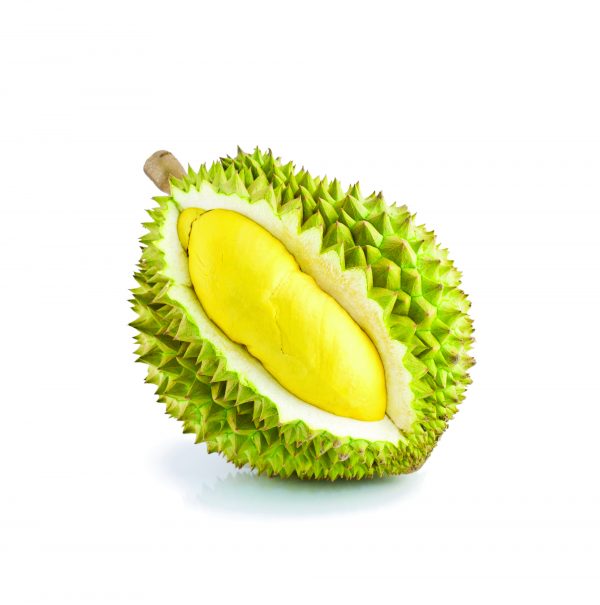
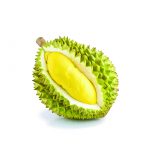
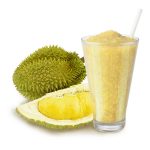
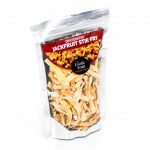
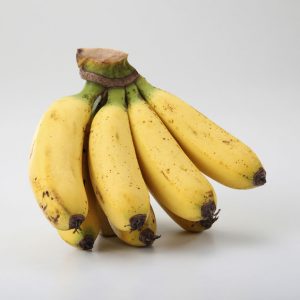
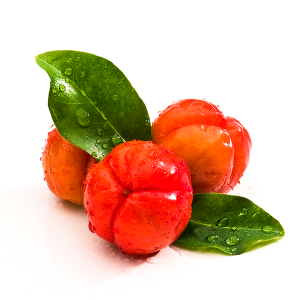
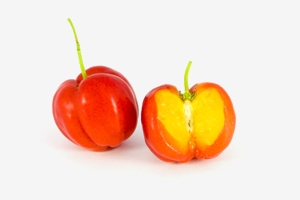
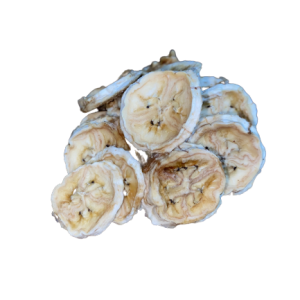
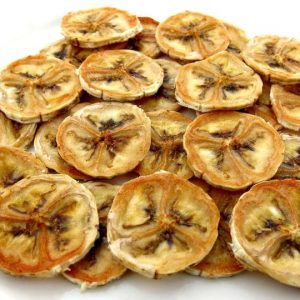
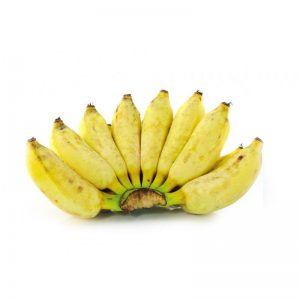
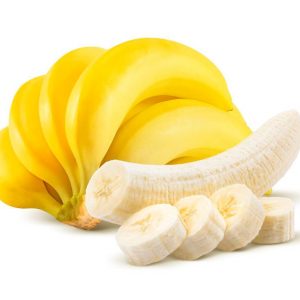
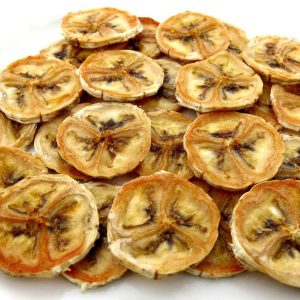
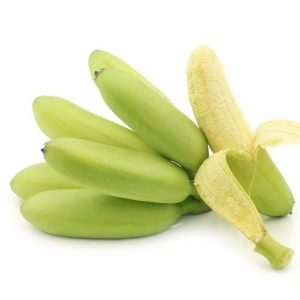
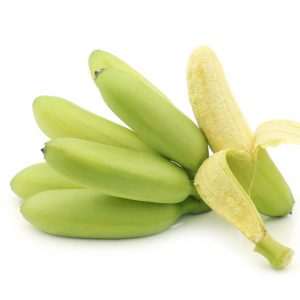
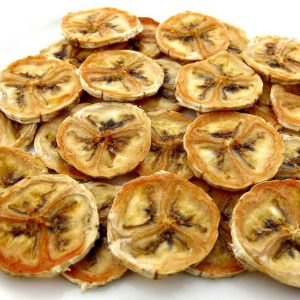
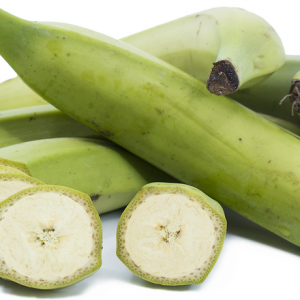
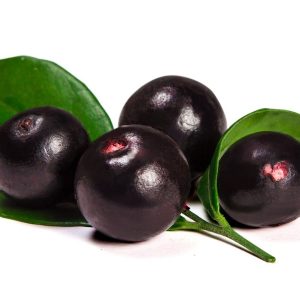
Reviews
There are no reviews yet.